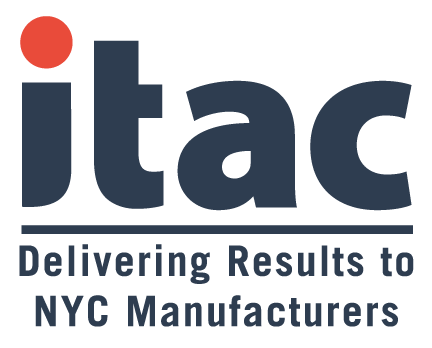A New Model of Education for Manufacturing Engineers? Tradition holds that students are well-versed in the theory of the field they enter. However, it’s not until they reach their employer, after graduation, that they get a glimpse of how their knowledge will be applied in the real world.
Well Dr. Ramy Harik, a mechanical engineering professor at the University of South Carolina and recognized by SME as one the 20 most influential professors in the field of smart manufacturing, thinks that model is outdated and he’s doing something about it.
Harik has created a Future Factories laboratory at the University of South Carolina which allows students pursuing a master’s degree to interact with cutting-edge technologies such as autonomy, artificial intelligence, augmented reality, robotics, and the Internet of Things. But it’s how these technologies are applied to solving industry issues that offers the real value.
Harik says his program can be compared to the residency protocol a doctor must complete before practicing medicine. “Doctors have trained in the real-world, at hospitals, with up-to-date equipment so when they are hired, they can perform their jobs. The same needs to be done with manufacturing engineers. Gone are the days where companies have the time and resources to spend two years training a college graduate.”
From day one of the program, students work on addressing challenges that will impact industries of the future. “This student, at graduation, will have both the traditional education of an engineer, but more importantly will have industry-focused knowledge as well as the soft skills that are acquired when working in teams to solve problems.”
Their knowledge in working directly with these technologies has resulted in employers scooping them up. “Around 85% of our students have jobs before they graduate,” says Harik.
The program was based on work he did through the McNair Center by integrating undergraduate students in research. And this updated teaching method has attracted partnerships with companies including Siemens, Yasakawa, and Nephron Pharmaceuticals. A part of the partnership companies provide personnel to the Future Factories program. “When everyone works closely together, the priorities are clear,” says Harik.
The success of the program was founded on what Harik believes is being in the right place at the right time with the right leaders at the university. Different areas including an office of economic engagement came together to create the program. Designing education programs with input from economic development is something that Harik believes is necessary. “This type of education ensures that our students get the right education for our industries and for the state,” Harik explains. In South Carolina, aerospace is one of the main manufacturing sectors of the future. It is the second largest industry with over 400 companies creating an economic impact of more than $19 billion.
While things came together for South Carolina, Harik says this model can work for any state. He suggests that educators first meet with industry to determine their needs, get buy-in from the university, and then approach the state agencies.
This collaboration is how states will be able to not only serve the current need but make strategic plans and investments for the future. And Harik is right in the middle of that as well. He is experimenting with a virtual lab that can model automation systems and create digital twins so the student can learn without physically having to be at a company. This training also fills an industry need. “We don’t do research for its own sake,” Harik says. “We are tackling the problems that industry needs to be working on in the next five years but can’t afford to work on it today as they are busy solving current needs.”
Always looking to the future, Harik is planning on expanding the Future Factories concept and has several initiatives underway to bring new programs at the undergraduate level as well as middle school level.
“The future manufacturing engineer will be a trained problem solver, and at the end of the day that’s what the field really needs,” says Harik.
This insight is from Industry Week. You can read the full article by clicking here.
Looking for other insights? Check out our News & Events page.






